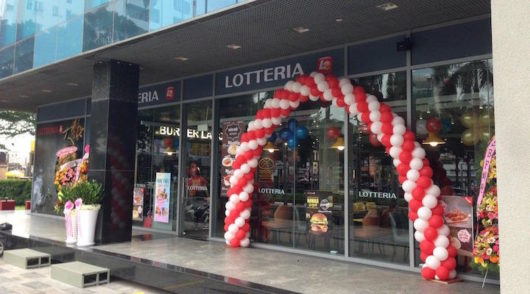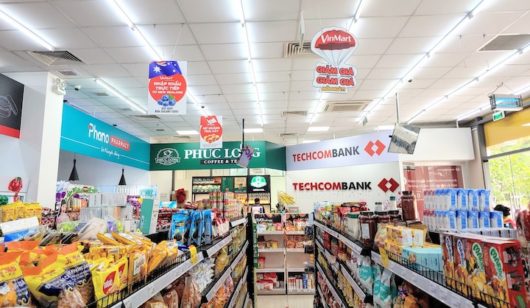British retail chain BHS has collapsed, jeopardising 11,000 jobs across the UK and leading to the likely closure of most of its 238-strong store network.
The department store, which dates back to 1928, was formerly called British Home Stores. It trades in 18 countries and territories, largely in the Middle East and Russian regions, has 164 company-owned stores and 74 franchises. Sir Philip Green, latterly best known as the owner of Arcadia Retail, including Topshop, paid £200 million for the BHS business in May 2000, but sold the business to a group of entrepreneurs last year for just £1. That group had been trying to work with unions and landlords to secure a lifeline for the business, but the business was placed in administration after a much-needed £60 million loan failed to materialise by Monday, and the business has debts of more than $1.3 billion.
Despite handling more than 1 million transactions a week, it couldn’t return to profitability.
CEO of retail analyst Conlumino, Neil Saunders, said the failure of BHS has brought to a close a long period of decline which saw the brand simply fall out of favour with shoppers. He says it failed to respond to changing tastes and the intensification of competition on the high street.
Just 15 years ago, BHS attracted some 13.4 per cent of Britain’s clothing shoppers through its doors.
“Although not all of these visitors would use BHS as their main store, many would buy one or two products – helping BHS attain a respectable 2.3 per cent share of the clothing market,” recalls Saunders.
“Last year BHS pulled in just 8.2 per cent of all clothing shoppers with a 1.4 per cent share of the clothing market.
“Such a decline reflects the fact that even to its core, older audience BHS has become irrelevant. The chain’s ratings on price, quality, value, and range have all fallen thanks to the rise of more compelling alternatives.”
Saunders says Primark and the supermarkets have dominated attention for more basic product, while chains like TK Maxx have allowed more aspirational shoppers a chance to buy fashionable branded product at low price points.
“Even in the middle part of the market, the reinvention of ranges at Debenhams and M&S – while not perfect – have left BHS’s range looking increasingly dated and dreary. All of this has been exacerbated by a store estate that, outside of flagship shops, looks tired and dull. This has meant that despite being in high footfall locations, stores have increasingly failed to draw people in,” says Saunders.
“A firm that lacks relevance but has a sound financial footing has a chance of reinvention. A firm that has relevance but lacks a sound financial footing has a chance of attracting investment. Sadly, BHS has neither.
“It is a firm that is out of step with modern consumer tastes, which lacks the finances to enact the major changes required. As such, it is now a retailer that is out of time.
BHS’ collapse marks the largest single retail business failure since Woolworths went into administration eight years ago.






